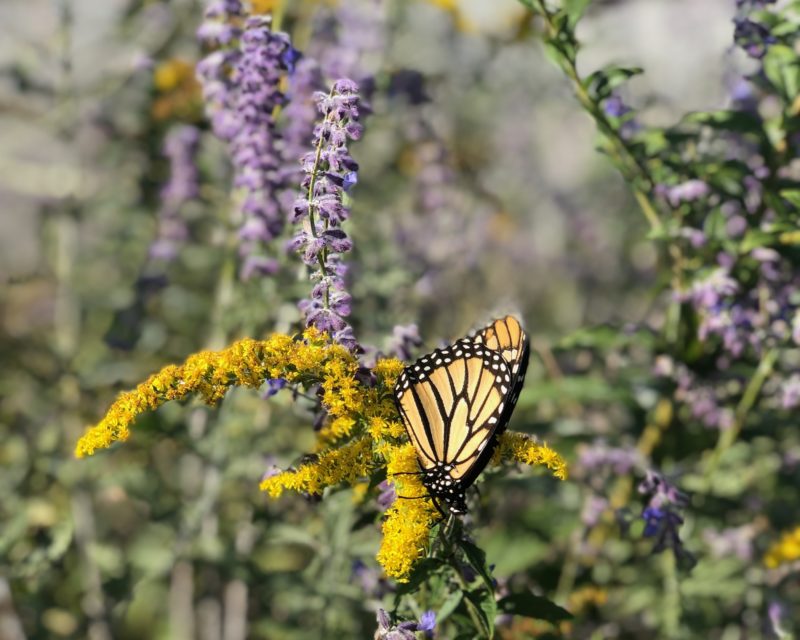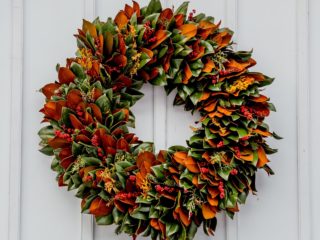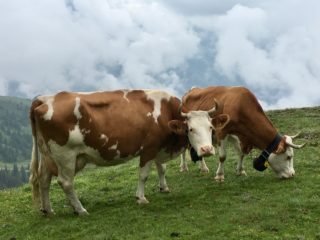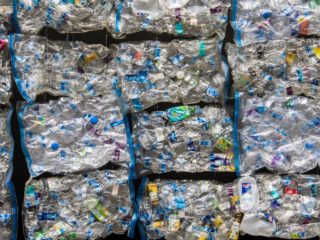Rewilding. The word can conjure up images of unkempt, unruly yards, overgrown with weeds and tangled thickets. Rewilding, in fact, is a managed process for transforming your yard into a natural oasis that wildlife and people can enjoy.
What is Rewilding?
In its strictest definition, rewilding is a conservation method that lets nature take its course by reestablishing natural ecosystems and native species. The term was popularized by conservation biologists Michael Soulé and Reed Noss in their paper, Rewilding and Biodiversity, in which they prioritize a “three Cs” method as a solution for biodiversity loss:
- cores, or pockets of uncultivated land, to expand habitats;
- corridors to connect open spaces, allowing movement and migration; and
- carnivores, to play a top-down role in managing and regulating ecosystems.
Conceptually, rewilding has since expanded and evolved with varying interpretations of how “wild” open spaces really need to be. As a method of ecological restoration, rewilding can take many forms of varying intensity, complexity, and purpose.
If you’ve ever visited New York City’s High Line Park, for example, you’ve had the chance to experience the beauty of a natural landscape that flows in a seemingly effortless and colorful band along an abandoned rail track. The park’s aesthetic is a wilderness that’s sprung forth amid the abandoned rails, but creating this “living system” with its abundance of native plants took many years of careful planning. Other rewilding examples include the reintroduction of wolves into Yellowstone National Park and gardener Kate Bradbury’s organic, wildlife-friendly gardens.
On a smaller scale, you too can use the concept of rewilding to create an inviting space in your own yard for native plants and wildlife. As our planet witnesses unparalleled, accelerating biodiversity loss and shrinking open spaces, every pocket that we can conserve and protect helps slow the pace of ecological destruction.
Rewilding Your Natural Spaces
Rethink Your Concept of a Beautiful Yard
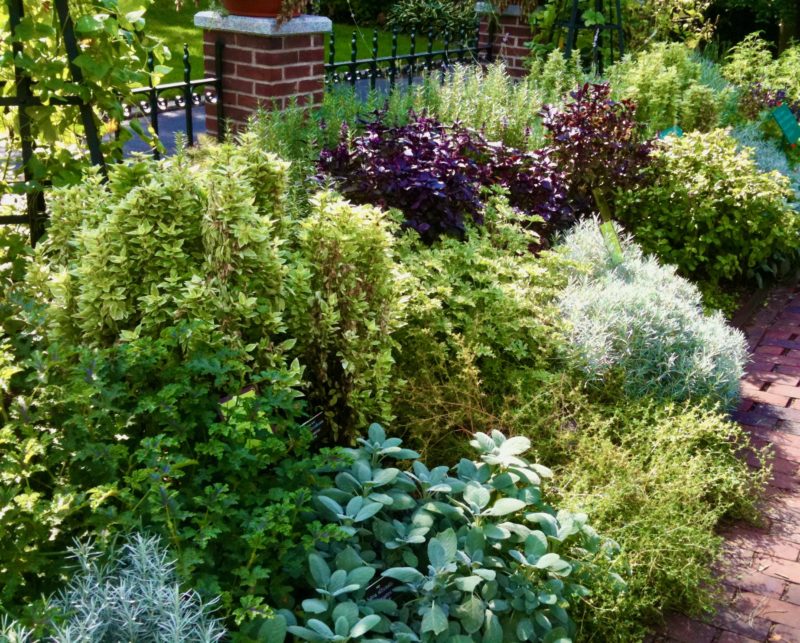
Is your idea of a beautiful yard one that’s dominated by a blanket of grass, free of weeds? Do you itch to remove all that “unsightly” moss and lichen from rocks and concrete? Is perfection your goal? You’re not alone.
We’ve been conditioned to believe that a beautiful yard is one that’s perfectly manicured, weed-free, and dominated by a pristine green lawn. But take a few minutes to view naturally landscaped yards with native plantings and you’ll soon see that these models are just as, if not more beautiful than the artificial versions. Free of toxic pesticides and chemical fertilizers, these natural yards are also much healthier for your family, pets, and wildlife. It’s difficult to change our ingrained perceptions of beauty but exposing ourselves to different perspectives will help expand that aesthetic notion.
Find Your Wild Spot
You’ve now embraced the concept of returning your yard to a more natural state, but perhaps you aren’t ready to go whole hog with your entire outdoor property. You don’t have to! Start by letting portions of your yard go wild by setting aside a spot or two that can be left free of constant maintenance and discover what nature creates for you.
If the size of your yard permits, try creating a native hedge border to create a natural haven for wildlife while connecting your space with surrounding areas.
In the fall, resist the temptation to clean out flower beds and borders. Dead leaves, stalks, and plant debris become a winter habitat as well as a feeding ground for birds. You can also use one of your designated “wild” areas for excess leaves to create a leaf mulch pile home for small mammals and insects. It also becomes a great source of free mulch for your spring gardening.
Shrink the Lawn
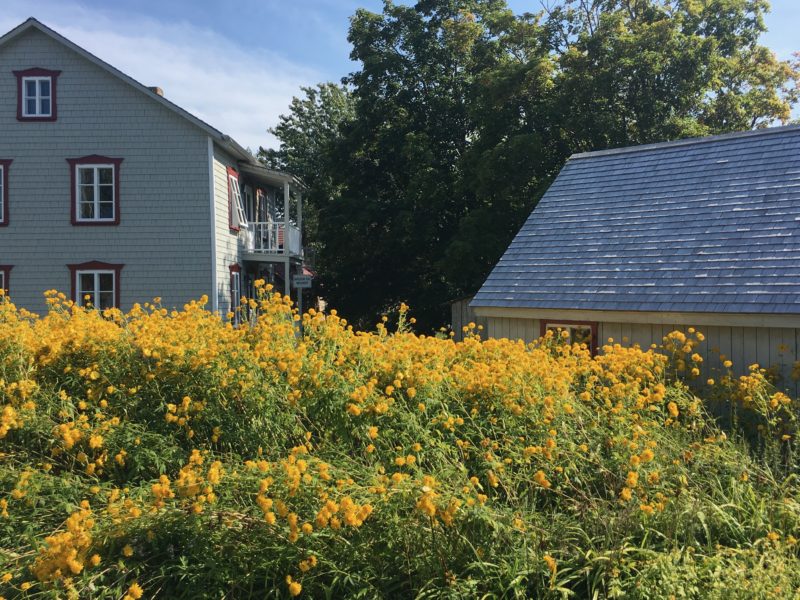
Our lawns are an enormous environmental and ecological drain and a chief contributor to habitat loss. While our lawns count for a tiny fraction of ground cover in the U.S., it’s actually the most irrigated crop in the country. All that water, mixed with toxic pesticides and fertilizers, finds its way into storm drains and waterways, causing ever-increasing water pollution. Constant upkeep can also put a drain on your time and wallet, as your lawn demands more maintenance, water, and expensive lawncare products.
While you may not be ready to adopt Professor Doug Tallamy’s recommendation to convert half of your yard from lawn to appropriate native landscaping, start by identifying a few lawn areas that you can replace with native plants, a vegetable garden, or low-lying groundcover plantings. Or try Professor Lionel Smith’s idea of a tapestry lawn — a beautiful patchwork of plant squares filled with short flowering plants for both humans and wildlife to enjoy.
At a minimum, give your lawn a break from frequent mowings and chemical treatments, and embrace the beauty of wildlife-friendly lawn, dotted with clover and dandelions.
Make Wildlife Wild for Your Yard
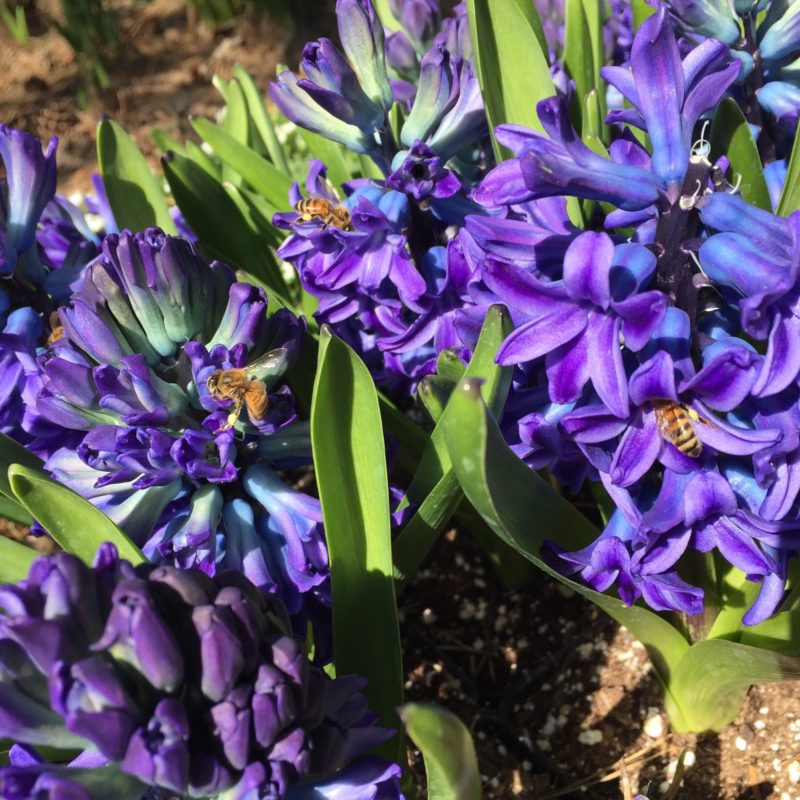
Invite nature back in by creating spaces for wildlife to thrive. Try any and all of these ways to encourage creatures to visit your yard:
- Add water. Introduce a water source for wildlife with a small pond or birdbath. If you’re feeling ambitious, you can even make your own out of a small bucket or tub.
- Nest boxes for birds and bats. Yes, bats! They’ll also help keep mosquitoes in check.
- Native plants attract wildlife that depends on these specific species for food and shelter. They’re also more resilient than many non-native alternatives and more resilient to disease and pest infestation. To find which natives to plant in your area, try the National Wildlife Federation’s Native Plant Finder or Audubon’s Native Plants Database.
- Create a pollinator garden. It’s a simple way to attract pollinators (bees, butterflies, birds, beetles) and the colorful array of pollinator-friendly plants will enhance the beauty of your garden. For further information on pollinator facts and a list of pollinator-friendly native plants in your area visit the Xerces Society.
- Create a caterpillar-friendly environment by planting caterpillar host plants and providing leaf mulch.
- Leave leaves in place. Create a compost heap of leaves and grass clippings for small animals or pile chopped wood and twigs for insects.
Avoid Toxic and Harmful Chemicals
Those pesticides and insecticides you’ve been using on your lawn and plantings? Ditch them! They’re not only harmful to plant life, beneficial insects, and wildlife, but they’re also toxic to humans. Natural alternatives are readily available and relatively inexpensive, so before you reach for the chemicals, consider non-toxic methods and products.
Keep at It
You’ve made the first step to creating a living outdoor environment. Keep working on it, and continue your discovery of a new definition of natural beauty. If you’re feeling particularly motivated, spread the word by encouraging others – your neighbors, schools, town government – to rewild and connect their open spaces.
Reading
These are just a handful of excellent books on wildlife preservation and gardening. For full descriptions of these and other conservation-related books, visit Green That Life’s Best Environmental Books page.
Half-Earth: Our Planet’s Fight for Life, by Edward O. Wilson
Nature’s Best Hope: A New Approach to Conservation that Starts in Your Yard, by Douglas Tallamy
The Living Landscape: Designing for Beauty and Biodiversity in the Home Garden, by Douglas Tallamy and Rick Darke
Planting in a Post-Wild World: Designing Plant Communities for Resilient Landscape, by Thomas Rainer
Tapestry Lawns: Freed from Grass and Full of Flowers, by Lionel Smith
Wildlife Gardening: For Everyone and Everything, by Kate Bradbury

